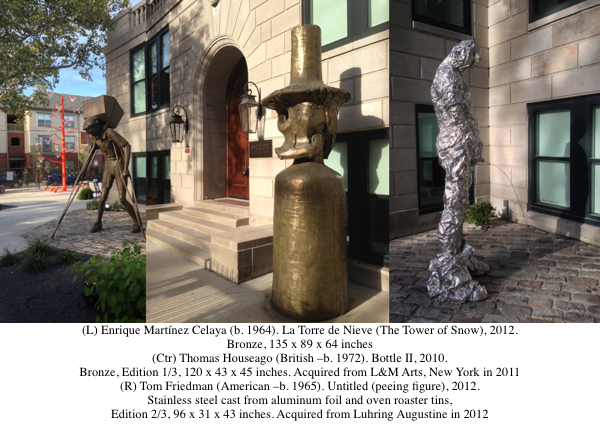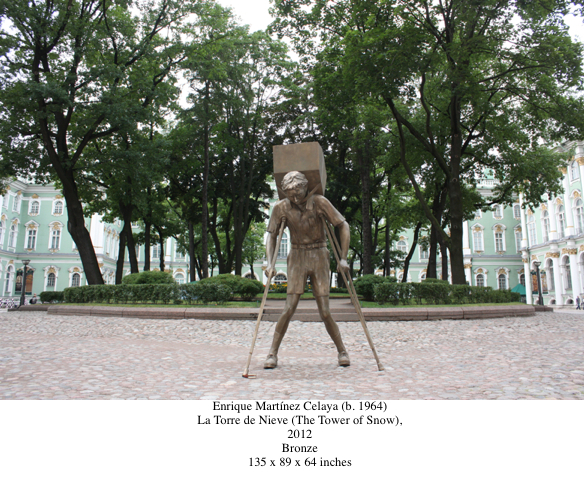FOR IMMEDIATE RELEASE: September 19, 2013
Paul Guequierre
Domestic Partnership Benefits and Obligations
Act Introduced in U.S. House and Senate
Legislation Would Ensure All Federal
Employees Receive Equal Pay for Equal Work
"DPBO is about the basic concept of fairness in the workplace,” said Human Rights Campaign Legislative Director Allison Herwitt. “Corporate America has led the charge in offering equal pay for equal work, and the U.S. Supreme Court sent a message this summer that the Federal government should follow their lead. Equal workplace policies, like those DPBO would enact, will help attract and retain the best and brightest talent, which is exactly what our federal workforce needs.”
In the wake of the Windsor decision, the Office of Personnel Management issued guidance making clear that federal employees’ same-sex spouses, regardless of where they live, are now equally eligible for spousal health, retirement and other benefits. However, because same-sex marriage is only legal in thirteen states and the District of Columbia, there are thousands of same-sex couples, including federal employees, who are unable to marry in their states. Traveling to another state in order to marry can be burdensome for these couples, and entering into a legal status that will not be recognized in their home state can create legal burdens, as well as expose them to discrimination or harassment in a state without laws protecting individuals based on their sexual orientation. However, DPBO has been updated in this Congress to limit eligibility for domestic partner benefits to those individuals who do not live in a state where marriage is available to same-sex couples.
Currently, 62 percent of Fortune 500 companies provide domestic partner benefits to their employees. Many of America's leading companies, including defense giant Raytheon, IBM, Microsoft, Shell Oil, Walt Disney, Owens Corning, Citigroup, Whirlpool, Time Warner, and United and American Airlines offer these benefits. In addition, twenty-four states, the District of Columbia, and more than 100 local governments offer their public employees these benefits.
The Human Rights Campaign is America's largest civil rights organization working to achieve lesbian, gay, bisexual, and transgender equality. By inspiring and engaging all Americans, HRC strives to end discrimination against LGBT citizens and realize a nation that achieves fundamental fairness and equality for all.
# # #









